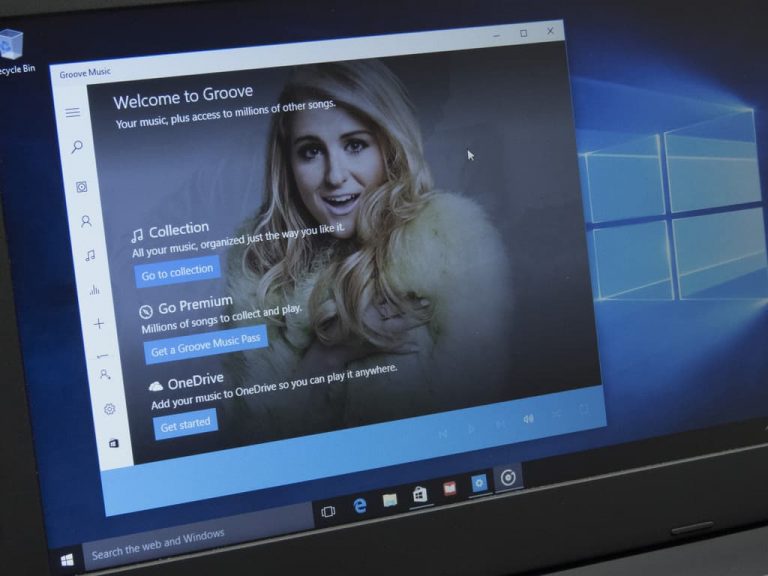Even before Microsoft officially launched Windows 10 back in July, the Redmond based company made its intentions clear: it wanted its latest OS running everywhere. In April, the company revealed that its ambition is to have 1 billion machines running Windows 10 within 2 to 3 years. The initial strategy was seen on June 1 when users began seeing an “upgrade to Windows 10” icon. At this time, Microsoft was laying the foundation for Windows 10 to be installed on as many devices running Windows 7, 8, or 8.1 as possible.
Although this may not seem like such a bad thing, especially considering Microsoft even offered the upgrade free for the first year, many users found the icon intrusive. One such user, Josh Mayfield, took it upon himself to create a program to help block the Windows 10 upgrade, a program that has given insight into Microsoft’s future plans to get user to upgrade.
Mayfield’s program is called GWX Control Panel. Its purpose is simple, it actively blocks Microsoft from preinstalling Windows 10 on a users PC. The first incarnation of the GWX Control Panel was simply to remove the “get Windows 10” icon from users computers. However, as Microsoft continues to push out Windows updates, Mayfield has been forced to constantly update his application as well.
For instance, through the “get Windows 10” application, users can disable OS updates, preventing their computers from automatically downloading newer versions of Microsoft’s operating system. As Microsoft works to update its Windows Update center however, users are reporting that their machines have been automatically switched to allow OS updates. Mayfield explains this in an interview he did this past Friday.
Over Thanksgiving weekend I started getting reports that the Windows Update ‘AllowOSUpgrade’ setting was getting flipped back on on a number of peoples’ PCs, and it keeps re-setting itself at least once a day if they switch it back off.
As a result of this upgrade behavior, Mayfield recently updated his app to version 1.6. This version allows the program to run in a computer’s background so that users do not have to actively open the program to receive notice for any changes to their upgrade settings. Even with this update, however, Mayfield is consistently monitoring the Windows update process. This is because Microsoft is no longer providing detailed changelogs with recent updates. Mayfield goes on to explain how Microsoft’s most recent updates to Windows 7 and 8.1 contain more than users are made aware of. The official documentation for the upgrades were as follows:
This update enables support for additional upgrade scenarios from Windows 7 to Windows 10, and provides a smoother experience when you have to retry an operating system upgrade because of certain failure conditions. This update also improves the ability of Microsoft to monitor the quality of the upgrade experience.
According to PCworld.com, Mayfield believes Microsoft is using their Windows Updates to manipulate PC’s into automatically downloading Windows 10 in an effort to get the new OS running on as many devices as possible. The article even goes as far as saying that today’s Windows Update can possibly bring about a change that would make the Windows 10 upgrade an optional Windows Update instead.
Mayfield states that the Windows Update client is working together with Microsoft’s Windows 10 upgrade app to accomplish this. The change will effectively align the Windows 10 upgrade as a part of the normal Windows Updates users receive regularly. Although it will show as optional, that will only be for a finite amount of time. Next year, however, this status will change from optional to recommended. Recommended updates through the Windows Update client automatically download, this will then include the Windows 10 upgrade. Although users can still opt to cancel installation of the new OS, many users may see the OS change as just another update.
Here’s Microsoft’s response to all this. The company announced back in October that this would occur.
“We will soon be publishing Windows 10 as an “Optional Update” in Windows Update for all Windows 7 and Windows 8.1 customers. Windows Update is the trusted, logical location for our most important updates, and adding Windows 10 here is another way we will make it easy for you to find your upgrade. Early next year, we expect to be re-categorizing Windows 10 as a “Recommended Update”. Depending upon your Windows Update settings, this may cause the upgrade process to automatically initiate on your device. Before the upgrade changes the OS of your device, you will be clearly prompted to choose whether or not to continue. And of course, if you choose to upgrade (our recommendation!), then you will have 31 days to roll back to your previous Windows version if you don’t love it.”
In all, Microsoft has to be very aggressive if they wish to meet their 1 billion devices by 2018. Some may say Microsoft is trying to make upgrading as easy and convenient for consumers as possible. After all, past incarnations of Microsoft’s newest OS came at a fee. However, others may feel this strategy as extremely intrusive and unwarranted. What do you think? Is Microsoft’s strategy too aggressive? Let us know what you think in the comments below.


